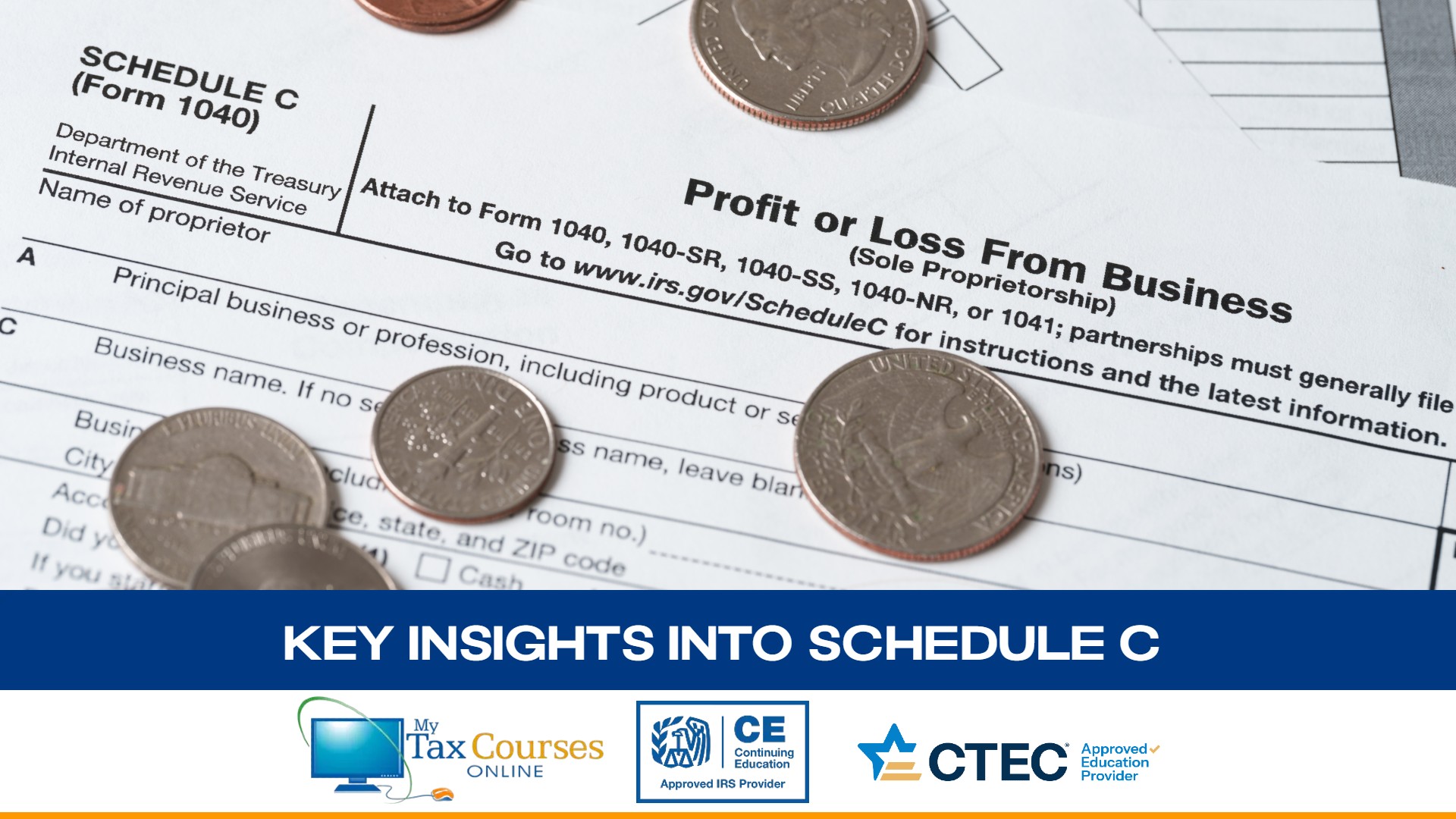For tax professionals who work with sole proprietors, freelancers, and independent contractors, Schedule C is a familiar—but often misunderstood form. Used to report profit or loss from a business, Schedule C can be deceptively complex. With continued IRS scrutiny on self-employed returns and evolving compliance standards, tax preparers must be more diligent than ever.
We'll review the latest 2024 Schedule C updates, highlight frequent preparer pitfalls, and share best practices to keep your clients compliant and your work airtight.
Understanding Schedule C
Schedule C (Form 1040), Profit or Loss From Business, is used by:
- Sole proprietors
- Single-member LLCs not electing corporate taxation
- Statutory employees
- Gig workers and freelancers
- Spouses in qualified joint ventures
It's also applicable for reporting income from Forms 1099-NEC, 1099-MISC, and 1099-K.
2025 IRS Mileage Rates
The IRS has announced the standard mileage rates for 2025:
- Business use: 70 cents per mile
- Medical and moving purposes: 21 cents per mile
- Charitable organizations: 14 cents per mile
These rates apply to electric, hybrid, gasoline, and diesel-powered vehicles.
Common Mistakes to Avoid When Preparing Schedule C
Even seasoned tax preparers should be vigilant about:
- Underreporting Income: Ensure all income, including digital payments and cash transactions, is accurately reported.
- Home Office Deductions: Use Form 8829 or the simplified method appropriately, and maintain proper documentation.
- Vehicle Expenses: Choose between the standard mileage rate and the actual expenses method, and apply it consistently.
- Material Participation: Correctly assess and document the taxpayer's involvement to determine passive or active status.
Audit Triggers to Avoid
Schedule C filers are one of the IRS's top audit targets. Here's what can draw scrutiny:
- Disproportionately high deductions relative to income
- Consistent net losses over multiple years
- Failure to issue or report 1099s
- Large home office or vehicle deductions without adequate substantiation
Essential Forms and Tools
- Form 8829: Business Use of Home
- Form 4562: Depreciation and Amortization
- Form 461: Limitation on Business Losses
- Form 8995 / 8995-A: Qualified Business Income Deduction
- Schedule SE: Self-Employment Tax
Take A Deeper Dive: 2025 Schedule C Deep Dive

Explore key topics such as accounting methods, 1099-K reporting, home office deductions, vehicle expenses, family employment, and retirement plan options for sole proprietors. Recent IRS guidance, updated mileage and depreciation rates, and important court decisions like Nurumbi v. Commissioner and Gregory v. Commissioner will be examined to ensure practitioners are equipped to handle even the most complex self-employment returns.
- Distinguish between cash and accrual accounting methods and understand Form 3115 requirements for changes.
- Identify deductible vehicle and home office expenses under both simplified and actual methods.
- Explain the rules for issuing Form 1099-NEC and 1099-K, and understand the risks of noncompliance.
- Evaluate the implications of hiring family members, including payroll tax benefits for sole proprietors.
- Apply current rules for deducting self-employed health insurance and retirement contributions.
- Analyze IRS court cases that clarify the hobby vs. business classification and deduction substantiation requirements.
Register and gain the confidence to tackle even the most complex self-employed returns.










